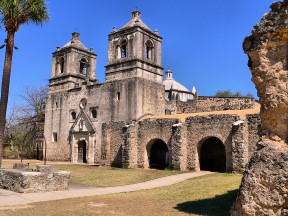


|
South Texas Page last modified 4/10/2008 |
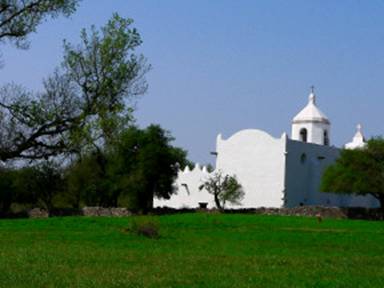
|
Golidad is the second fortress that fell to Mexican forces in the Texas struggle for Independence. There were no survivors. Golidad surrendered. To a man, they were killed after the surrender. While Golidad is well known in Texas, it is not well known in the rest of the United States. Most people Remember the Alamo, where the Mexican forces gave warning they will kill all who fought them. Most do not remember Golidad, where surrender just meant execution instead of dying in battle. |
|
South Texas is flatter than the cornfields of Indiana. This is not a feature that translates well into scenic photographs. The Rio Grande “Valley” is not really a valley. It is the destination of many snowbirds. We found the area too windy and developed for our tastes. In spite of this. there are many sections of the Rio Grande with good bird viewing, and South Padre Island has many remote areas away from the over developed community of South Padre. The nearness of shopping in Mexico attracts some. We failed to take many pictures in our short time in deep South Texas. San Antonio is generally considered the beginning of South Texas. We have some pictures from the San Antonio area. |
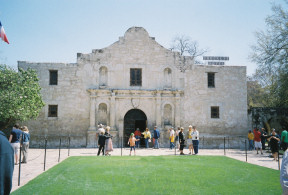
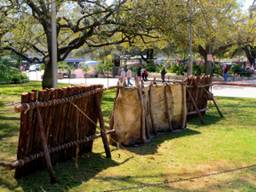
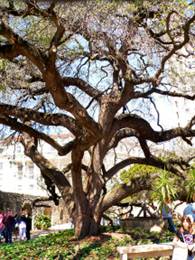
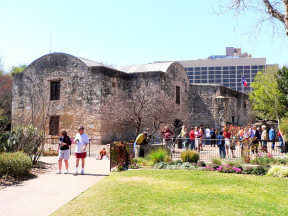
|
The Alamo at San Antonio is the best known symbol of Texas. The few defenders were warned of “no quarter” before the Mexican forces under Santa Anna attacked. All were killed either during the battle or immediately after. The courage has become a Texas and national symbol. The fence defended by Tennessee volunteers, including David Crockett, is below center. The tree at bottom left could tell the true tail. |
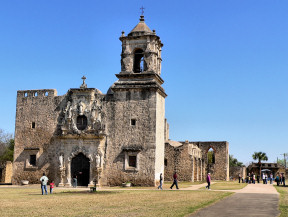
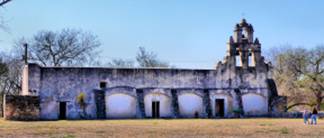
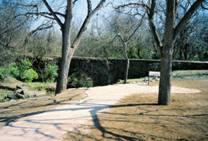
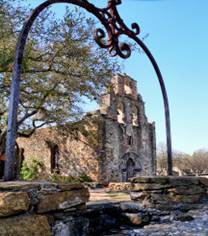
|
San Antonio has other historic missions besides the one known as the Alamo. Please pardon our not getting the proper Spanish names. Concepcion (top left and still used as a church), San Jose (top right and the most interesting), San Juan (lower left), Espada Aqueduct (lower center) and Espada Mission (Lower Right) are the historic missions of San Antonio. These were centers for converting local Indians to Christianity (and the Spanish way of life) and they were fortified to make it possible for the local Indians to have some safety against the raiding Comanche. |
